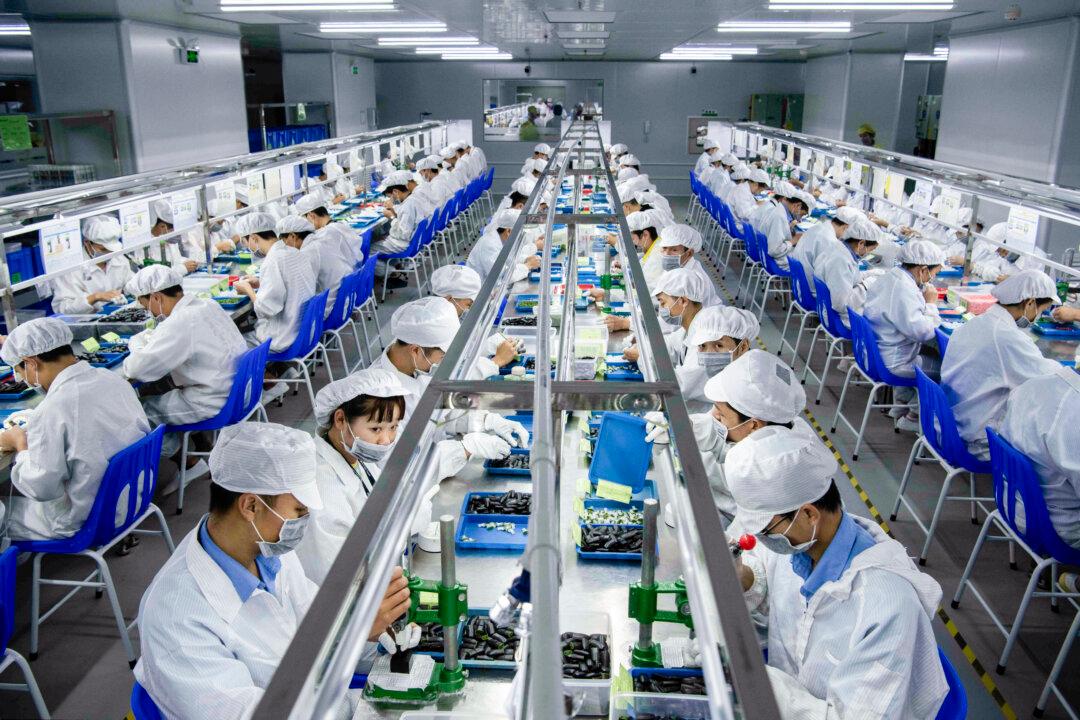Commentary
A recent raft of data shows reasonable success of efforts by the United States, the European Union, and Japan to diversify sourcing away from China. China’s trade with each of these important markets has diminished appreciably.

A recent raft of data shows reasonable success of efforts by the United States, the European Union, and Japan to diversify sourcing away from China. China’s trade with each of these important markets has diminished appreciably.